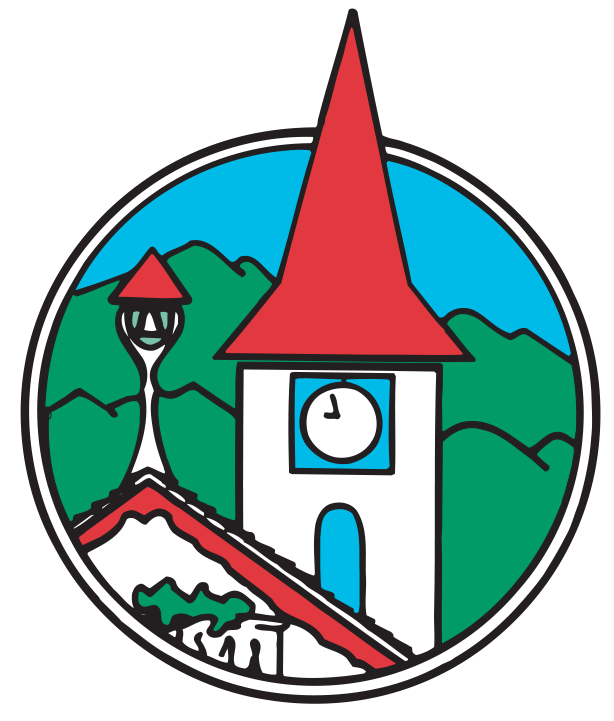There are easier places to live than the mountains—though certainly nowhere as beautiful. There were incentives to bring Mississippian Indian cultures and then American settlers to the southern Appalachians: There are animals and fish beneath the hardwood canopies enjoying the cool, clean streams; it’s a little bit cooler; there was a gold rush in the 1830s, and then logging became profitable later in the century. What has kept us here is the natural beauty and biodiversity that renews peoples’ sense of wonder at the timelessness of nature.
Ironically, the very trees attractive to loggers—the big hardwoods—which gave rise to a Blue Ridge logging boom, make the mountain ecosystem appealing for other animals and tourists, creating proper shade and combatting erosion. The southern end of the Appalachian Mountains is more species-diverse than any other forest in North America with 158 tree species.
The Chattahoochee National Forest was formally created in 1936. Today, it contains over 750,000 acres, has three ranger districts and employs over 100 people. Many places in the Chattahoochee National Forest are approaching their pre-logging appearance again, and some select regions have trees over 200 years old that loggers never reached.
Here are the hardwood trees that make the North Georgia Blue Ridge canopy unique, followed by the best secluded places to enjoy them near Helen.
1. Hemlock*:
Hemlocks, called the “redwoods of the east,” are some of the most distinctive mountain conifers. They slowly grow upwards of 150 feet over hundreds of years. These trees are a keystone species to creating cool microclimates near streams—they have no substitute. They prefer well-drained, nutrient-rich soils with plenty of rain and shade.
Spot it: An evergreen with loose, feathery and sketchy silhouette, with fine horizontal twigs with droopy tips. Its needles are small and flat, around ½ inch long. Cones are less than an inch long and hang downward from the end of a twig. Eastern Hemlock bark is thick, rigid, and scaly, with red undertones.
*See them while you can: The Eastern Hemlock is being devastated by the insect pest Hemlock Woolly Adelgid, which leads to decline and mortality within four to ten years. The pest has damaged hemlock forests from Maine to Georgia.
2. Tuliptree:
Tulip Tree at Green-Wood Cemetery, Brooklyn, NY
The tuliptree or tulip popular is the tallest hardwood in North America and can reach nearly 200 feet. You can easily spot the unique four-lobed leaf separated by round notches. The trunks of the tuliptree is remarkably straight, and contains soft wood used for canoes and furniture. Tulip branches develop their iconic blooms in late spring, yellow flowers with orange bands at the base.
3. Basswood
Basswood has the largest leaf of all broadleafs, between five and eight inches long. The underside of the green, heart-shaped leaf is almost white. Basswoods are also easily identified by hard hairy fruits that hang down. The bark is dark gray and smooth. These trees don’t quite reach 100 feet at maturity. They can live up to 200 years.
4. Chestnut Oak
Chestnut oaks are suited for growing on steep, rocky hills because of a well-developed tap root not found in other oaks. The chestnut oak’s dark, gray-brown bark is the thickest of any oak. Its huge acorns, often over 1 inch long, drop singly or in pairs inch long—an important source of nutrients for wildlife. The oblong leaves are similar to other oaks’, oblong with small teeth all around.
At the following spots, you’ll see the biggest, oldest hardwoods, elevation changes, streams, and wildlife of Georgia’s Blue Ridges.
1. Sosebee Cove – Around 20 miles from Helen, these 175 acres were some of the first protected before the Chattahoochee National Forest was formalized. Notable views include Towering Tulips and vibrant flowering undergrowth.
2. Andrews Cove – Just 6 miles north of Helen, Andrews Cove intersects the Appalachian Trail in an easily-accessed but roadless trail area. The steep, 1,000-foot rocky walls surrounding Andrews Creek made logging difficult. Further, rocky soils allow quick-draining so that only deeper rooted, large trees can thrive—like chestnut oak!
3. Raven’s Cliff Wilderness—10 miles from Helen you can see plants at 1,800 and 3,800 feet above sea level. The dramatic elevation change also is home to Raven’s Cliff Falls. Most of the areas have recovered from logging, with native trees at least 60 years old.
No matter where you go around Helen, it’s hard to catch a bad view—and we have the stalwart hardwoods to thank.




